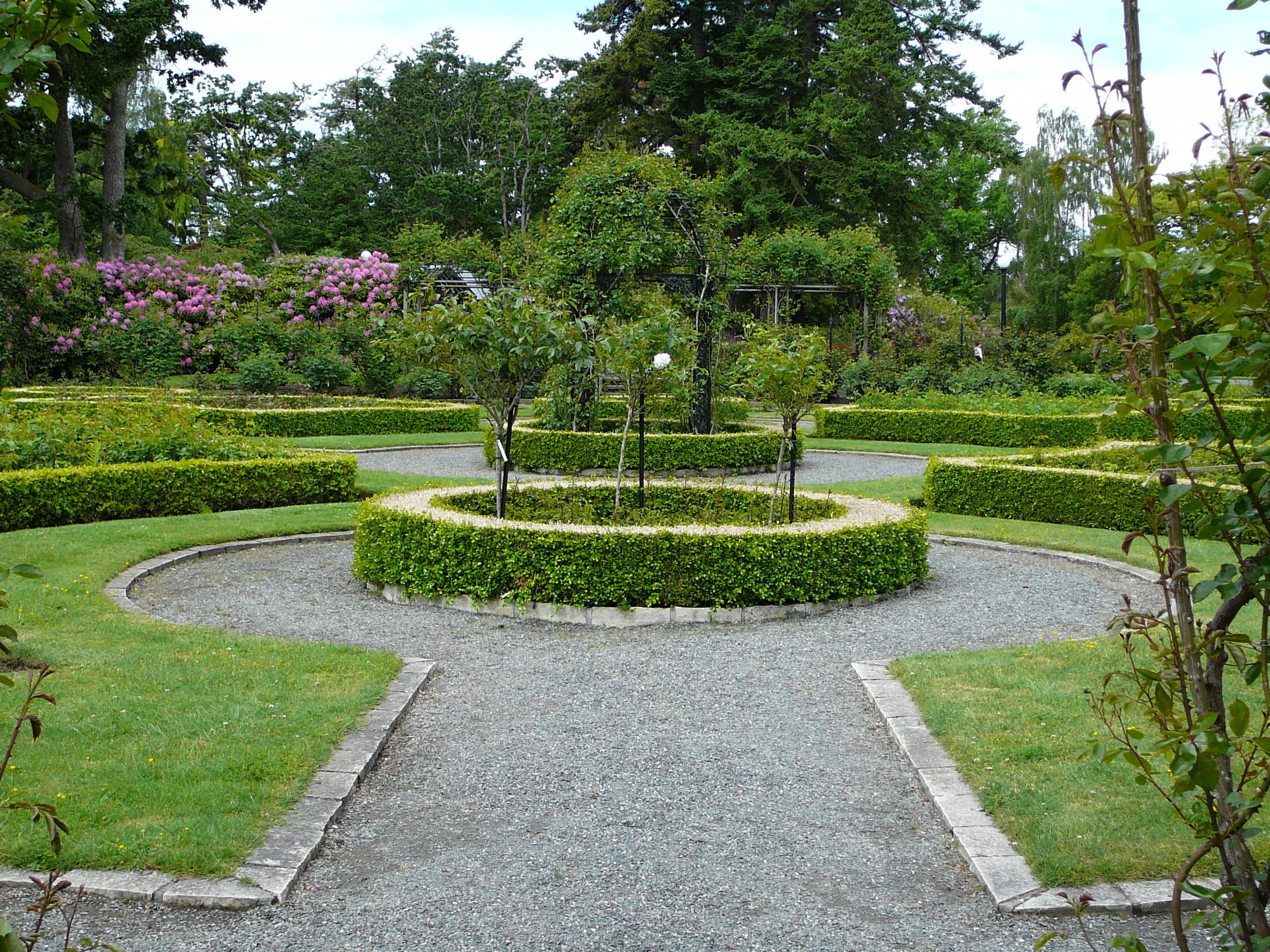Marnock’s Maxims
After his death, Marnock’s design principles were written down by fellow gardener Mungo Temple, and published in the Gardeners Chronicle 7:3 (1890) under the heading ‘Marnock’s Maxims.’
The introduction of Mungo Temple’s article in the Gardeners Chronicle, 1890, courtesy of HathiTrust.
Temple quoted from correspondence and conversations with Marnock to explain his approach. He recommended ‘a clean well-formed lawn’, the planting of trees such as Cedar of Lebanon that ‘would monopolise the whole position a hundred years hence’, a primary focus on drainage and sanitary issues, and a cautious approach to plans - ‘however pleasing on paper’ - until the levels and surroundings of the site had been carefully inspected.
Some design features were to be avoided: ‘Formal lakes with long, meaningless curves, and studded with islands in the centre, were very offensive.’ Unnecessary windings in paths were viewed with disapproval, and ‘no walk should be brought into view where it could be obscured.’ Old trees were not to have young trees planted among them, or flower beds placed near them, and their gnarled surface roots were not to be hidden with soil.
The full 1890 article can be found on the HathiTrust website.
Mungo Temple, author of Marnock’s Maxims, from the Gardeners Chronicle v. 3:31 (1902). Image from the Biodiversity Heritage Library. Contributed by UMass Amherst Libraries.
We’re grateful to Marion Shawcross, a volunteer with Scottish Garden and Landscape Heritage, who has shared more information about the Maxims’ author, Mungo Temple (1834-1902). She reports that Temple was a fellow Scot, but some 34 years younger than Marnock. He was similarly a frequent contributor to gardening magazines.
In the Maxims article, Temple tells us that, as a young man, he saw Marnock’s flower shows at Regent’s Park, and admired the designer’s ‘sterling character.’ By 1871 he was head gardener at Balbirnie in Fife, and in 1881 head gardener for the ‘Salt King’ John Corbett, at Impney Hall in Worcestershire, where Marnock had previously worked. The older man visited the site and corresponded with Temple about the design.
Impney, from the Journal of Horticulture 3:8 (1884). Image from the Biodiversity Heritage Library. Contributed by Royal Botanic Gardens, Kew.
Later Temple became head gardener at Carron House for Anne Dawson and her husband Thomas Dawson Brodie, where he worked for the rest of his life, bringing the gardens ‘to a remarkably high degree of perfection’ (Falkirk Herald, 19 April 1902). You can read more about Temple’s work at Carron House in the Glorious Gardens report that Marion wrote with Fiona Gordon for Scottish Garden and Landscape Heritage.






